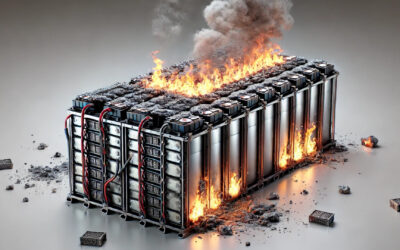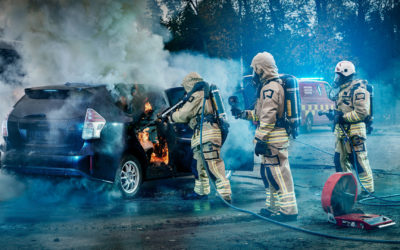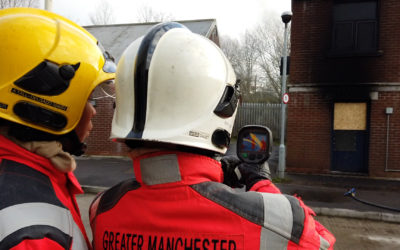Fire and rescue services are resourced to deal with identified risks, including fire risks, within the communities that they serve. Some larger and more complex risks may need to put in place an onsite response, separate from the fire and rescue service, to try and ensure that any incidents can be dealt with quickly to stop a small incident from growing into a much larger incident that may have a significant impact on the local community and, possibly, beyond.
This means that some regulated industries (for example, the nuclear sector) and industries with high fire loads are somewhat outside the traditional firefighter tactics and normal capability of the emergency services, though there is usually good liaison between the organisations.
An accident in an industry does not only have to cause major damage internally as a result of production stoppages but also externally, as it can lead to societal consequences, such as affected subcontractors, customers, jobs and the economy, as well as environmental issues caused by pollution. In addition to the fact that many people can be injured, an entire community can be directly dependent on a single industrial plant.
Just-in-time deliveries and minimal stock levels leave the industry vulnerable to more severe production disruptions, such as those that can occur in the event of a fire.
Industrial plants have several requirements to meet in terms of fire safety and prevention, not only from authorities but also from the insurance industry – where lower protection results in higher premiums. Installing active fire protection measures such as sprinklers or fire gas ventilation at a later stage, when the building is completed and the system is running, can be very costly.
When active fire protection measures are unavailable due, for example, to maintenance, then Cobra can provide a very flexible, quickly deployed alternative for higher-risk areas.
In industry, there are many different types of facilities (production buildings, storage facilities, etc.) where the fire load is high. The outbreak of fire in such buildings often leads to critical conditions, where there is a risk of fire gas explosion. Under these conditions, an external extinguishing operation can be critical in order to cool the fire gases and prevent deflagration.
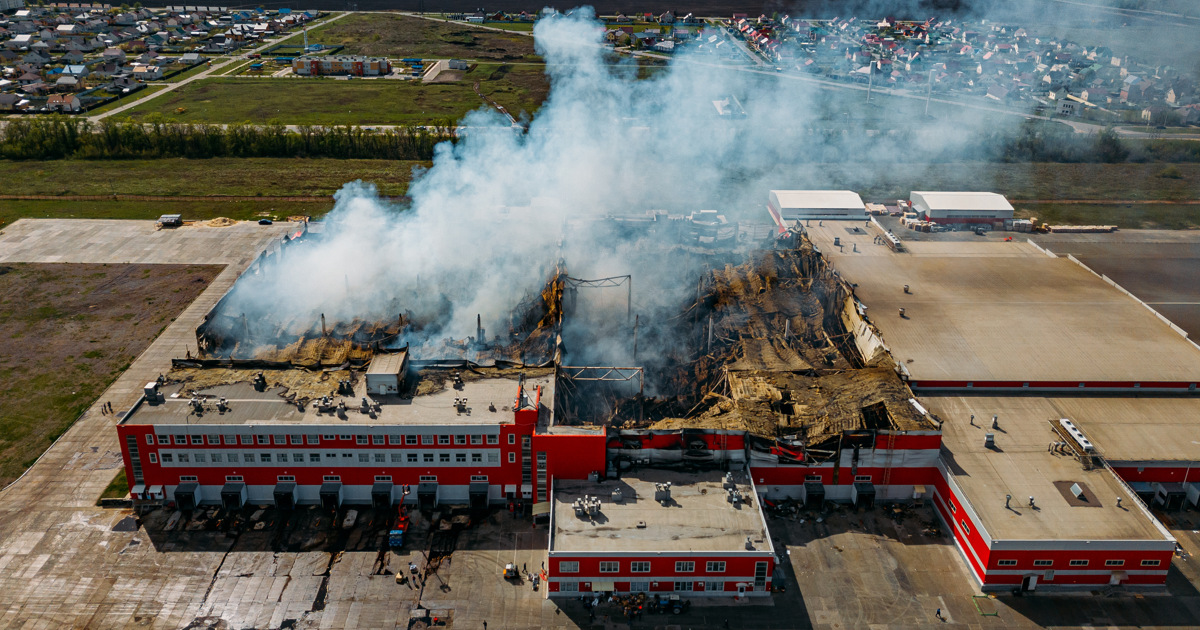
Industrial fire fighting with Cobra.
Cobra is an effective tool whose extinguishing capacity is similar to that of fog nails and sprinklers – but with a much better effect. With a pump pressure of 300 bar and a nozzle as small as 2.3 mm, it creates a fine water mist with minimal droplets and the velocity of 200 m/s at the nozzle; a throw distance of up to 60 meters can be reached. When supplied by a hydrant or open water supply, Cobra can continue to operate for long periods if necessary – sprinklers have a limited water supply, and if a number of sprinkler heads are activated at the same time, this supply can be overrun.
Industrial plants may contain inaccessible spaces such as culverts, cable basements, hydraulic basements, press basements, silos, industrial wind tunnels, etc. If such spaces are not properly fireproofed or lack fire protection, such as sprinklers, a fire may risk spreading in an uncontrolled way. In the event of a fire in such conditions, Cobra is an effective tool for fighting the fire.
Thanks to Cobra’s fine water mist generating properties, 90% of the extinguishing water is absorbed, which means that almost all the water is effectively used to fight the fire – a good way to avoid environmental contamination from excess water run-off carrying toxic substances, which can occur in industries that handle chemicals, for example. In addition, very little water damage is caused since nearly all water evaporates.
With knowledge and training, the emergency services and designated industrial fire brigade can control the fire and reduce the consequences of a possible fire in the industry. Cobra use will also significantly expand the options available to incident commanders to manage the complexity of industrial fire incidents and complement and enhance traditional firefighter tactics more effectively.
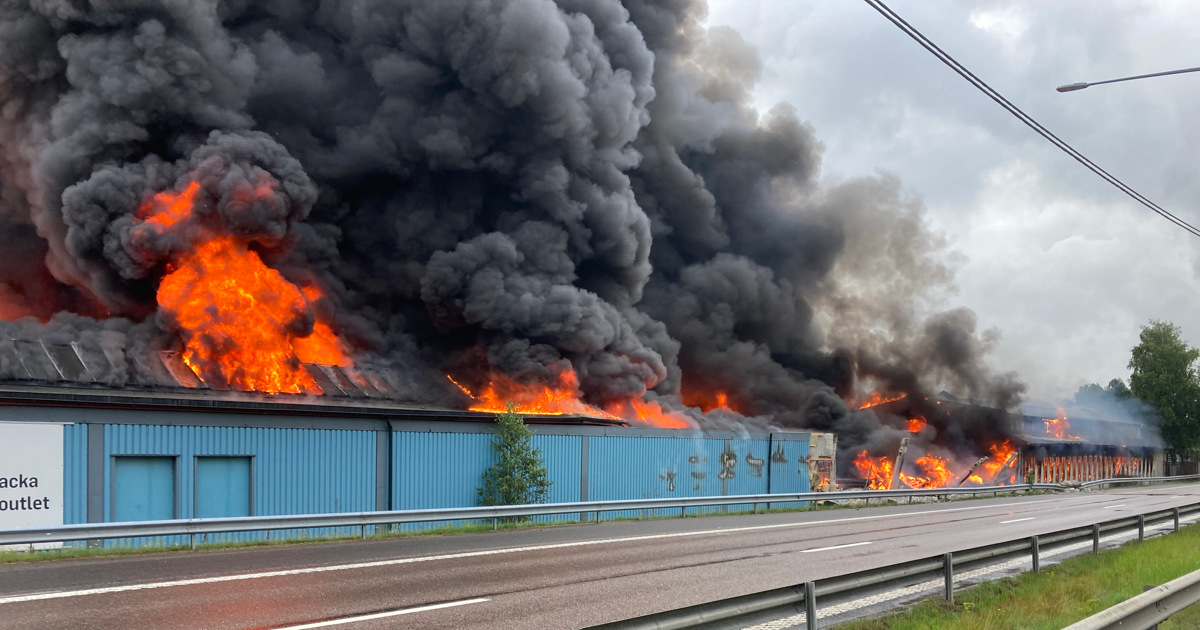
Cobra Benefits
Limits fire spread in inaccessible areas.
Cobra can be used at any angle, which allows the operator to reach hidden fires, fires inside cavities, walls and ventilation pipes, etc.
Quick intervention.
Getting equipment in place to fight a fire, e.g. inside culverts, can use up valuable time. Utilising Cobra from the outside reduces the amount of time taken to get water into the fire compartment. The equipment is light in weight and easy to handle, which enables rapid deployment. The training programme that underpins Cobra gives fire crews the ability and confidence to deploy Cobra quickly.
Low water use.
As Cobra only uses 60 litres of water per minute, an 1800-litre water tank will last 30 minutes if Cobra is used continuously. This gives valuable time to secure additional water supply where needed.
Limits damage from fire and water.
Using traditional firefighting methods when fighting fires in confined spaces uses a considerable amount of water – 450 litres per minute or more – and can result in significant water damage to the cargo and other. Cobra uses 60 litres of water per minute, considerably less than traditional firefighting methods.
Reduces environmental impact from the fire.
The rapid fire and fire gas suppression associated with Cobra means that less toxic emissions get into the atmosphere. Reduced water consumption means less contaminated water run-off gets into watercourses.
Benefits of Cobra use
- Limits fire spread in inaccessible areas
- Quick intervention and rapid deployment
- Limits water damage
- Uses only 60 litres of water per minute
- Reduces environmental impact from toxic emissions and contaminated water run-off
